Audioguru
Advanced Member level 7
- Joined
- Jan 19, 2008
- Messages
- 9,455
- Helped
- 2,151
- Reputation
- 4,302
- Reaction score
- 2,008
- Trophy points
- 1,393
- Location
- Toronto area of Canada
- Activity points
- 59,700
Does your soil have no salts or minerals like Styrofoam beads?
Are you watering it with pure distilled water?
If the above is false then simple AC resistance measurement of the soil will show if it is damp or dry.
Are you watering it with pure distilled water?
If the above is false then simple AC resistance measurement of the soil will show if it is damp or dry.
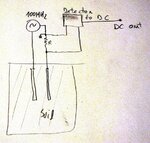
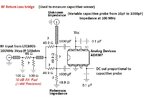
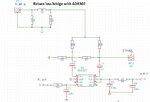

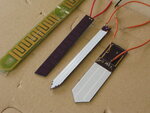
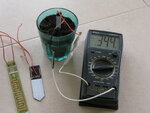

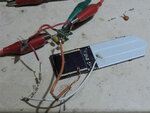
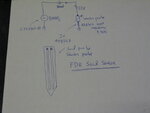
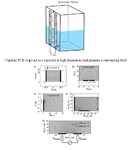

![IMG_4917[1].JPG IMG_4917[1].JPG](https://www.edaboard.com/data/attachments/62/62883-6fa8e11f83b3b930fae3018c63d5d5f6.jpg)